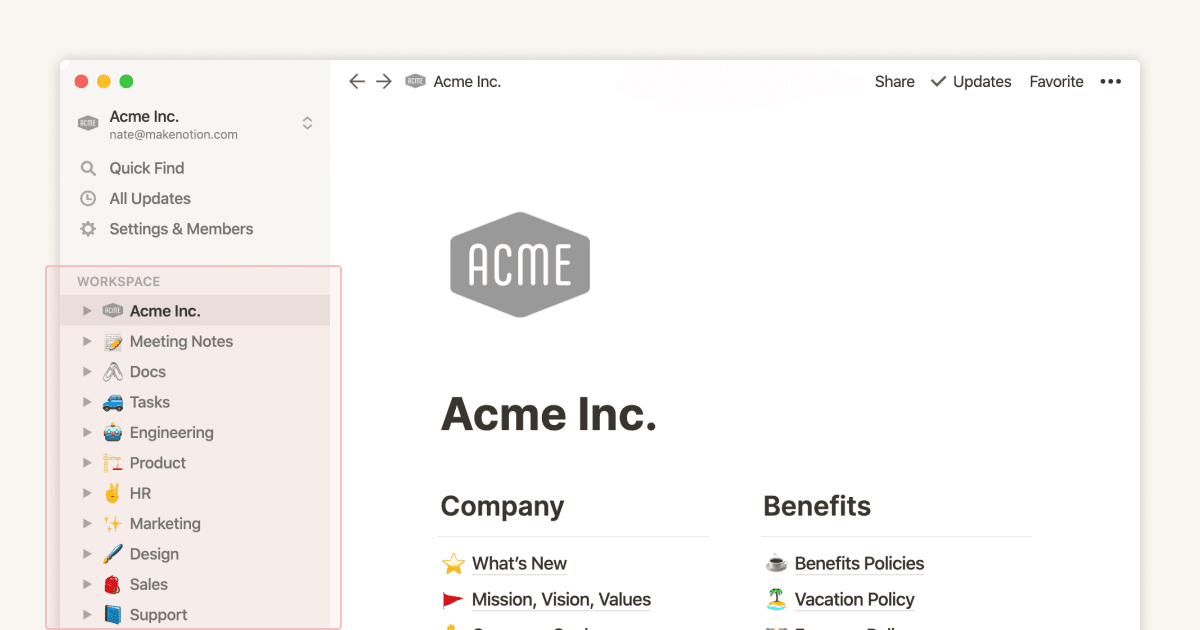Value Chain Architect Light

템플릿 설명
Many entrepreneurs grow their businesses without even realizing that all their actions, one way or another, align with the Value Chain.
While you can grow without formally defining it, here’s the truth — when you take the time to carefully map out and refine your Value Chain, you:
Accelerate growth,
Create a scalable system that evolves alongside your business.
This template will save you time and help you focus on building and using your Value Chain to grow your business.
It is packed with everything you need:
Structured pages,
Actionable plans,
Helpful tools.
Follow a simple guide and get a Value Delivery Chain for your business.
Step 1: Define Your Goals and Values
Clarify your personal and business goals.
Identify the core values that will guide your decisions and interactions.
Ensure these values align with the value you aim to deliver to your clients.
Step 2: Understand Your Clients and Their Needs
Create a detailed profile of your ideal client.
Identify their key problems, goals, and desires.
Map out how your business addresses their issues and fulfills their needs.
Step 3: Break Your Value Creation Process Into Stages
Divide the process of delivering value into three main stages:
Attraction:
Marketing strategies and offers that draw clients in.
What channels and approaches work best?
Service and Sales:
Delivering your product or service effectively.
How do you streamline the customer journey and enhance their experience?
Post-Sale Support:
Building loyalty and retaining clients.
What actions foster long-term relationships?
Identify tasks, tools, and opportunities for improvement at each stage.
Step 4: Analyze Your Strengths
List your personal strengths and key skills.
Match them to the stages of your Value Chain to identify where you add the most value.
Pinpoint areas where delegation or automation can boost efficiency.
Step 5: Audit Your Current Processes
List your existing processes and link them to the stages of your Value Chain.
Identify bottlenecks or inefficiencies.
Create steps to optimize, automate, or enhance these processes.










